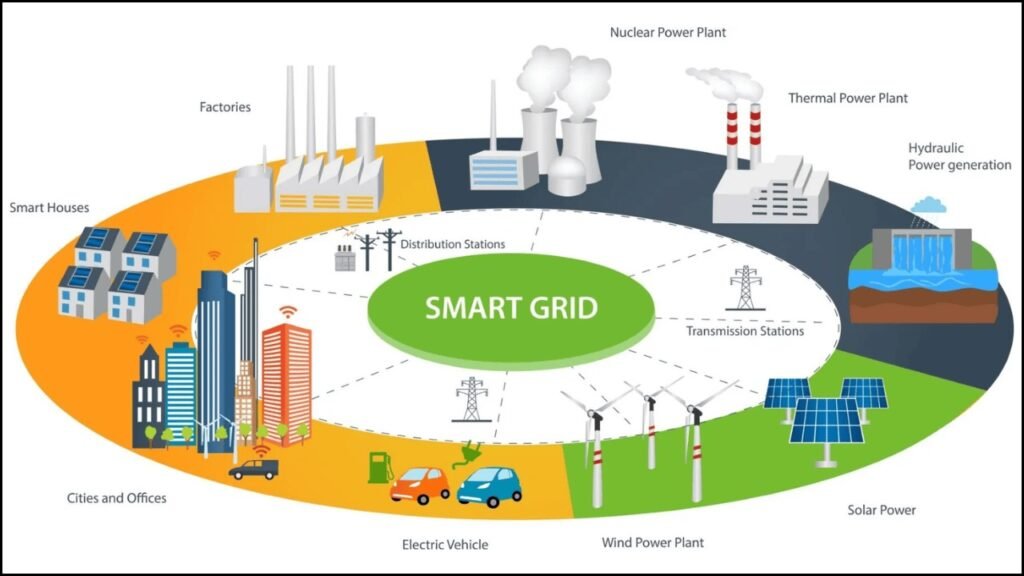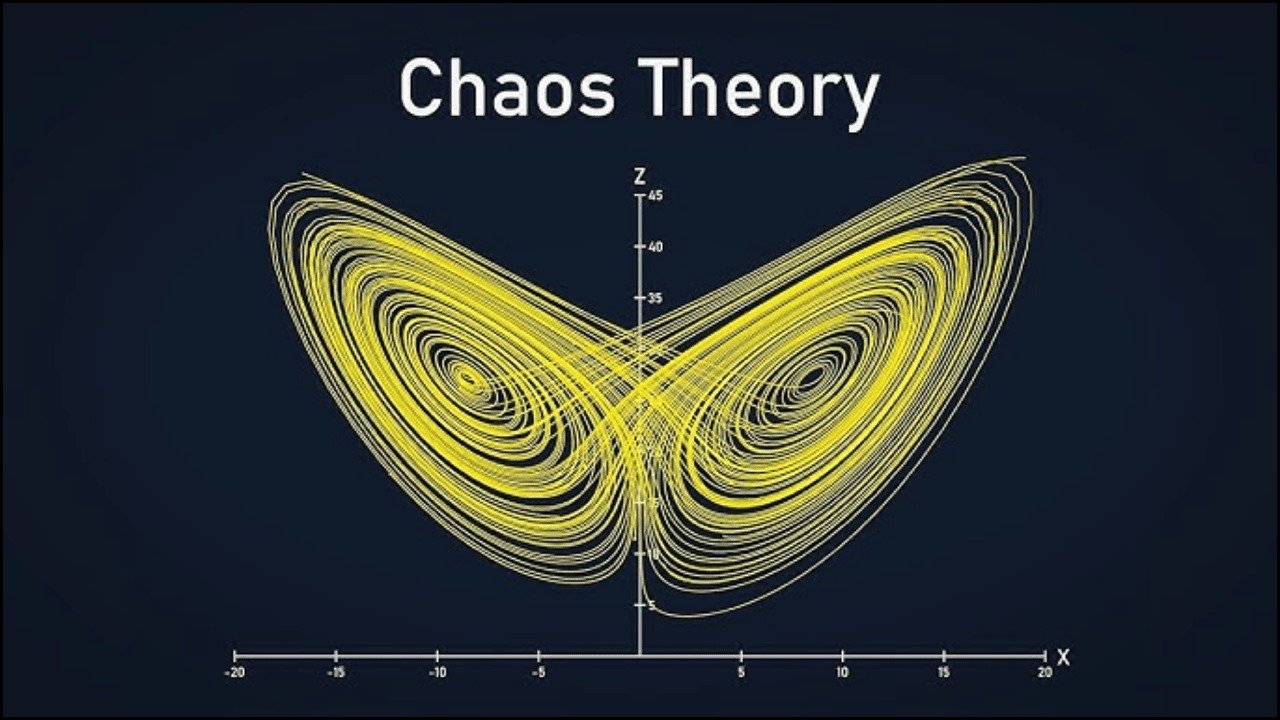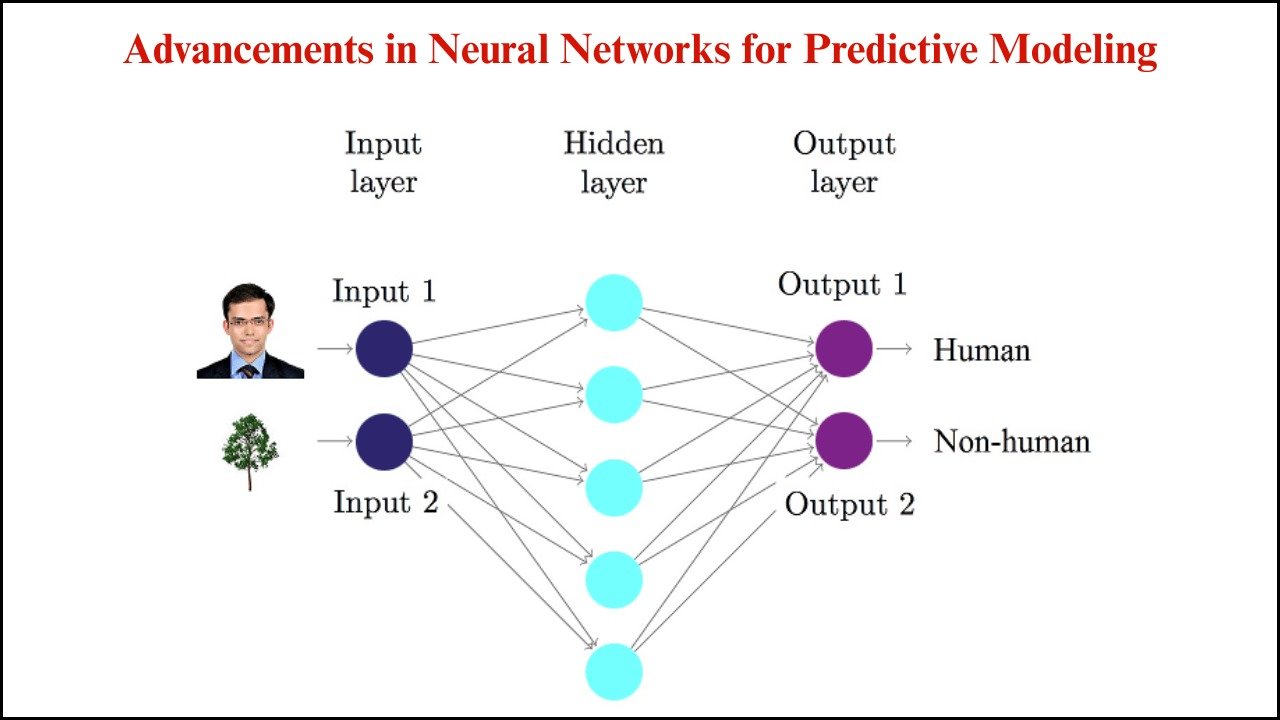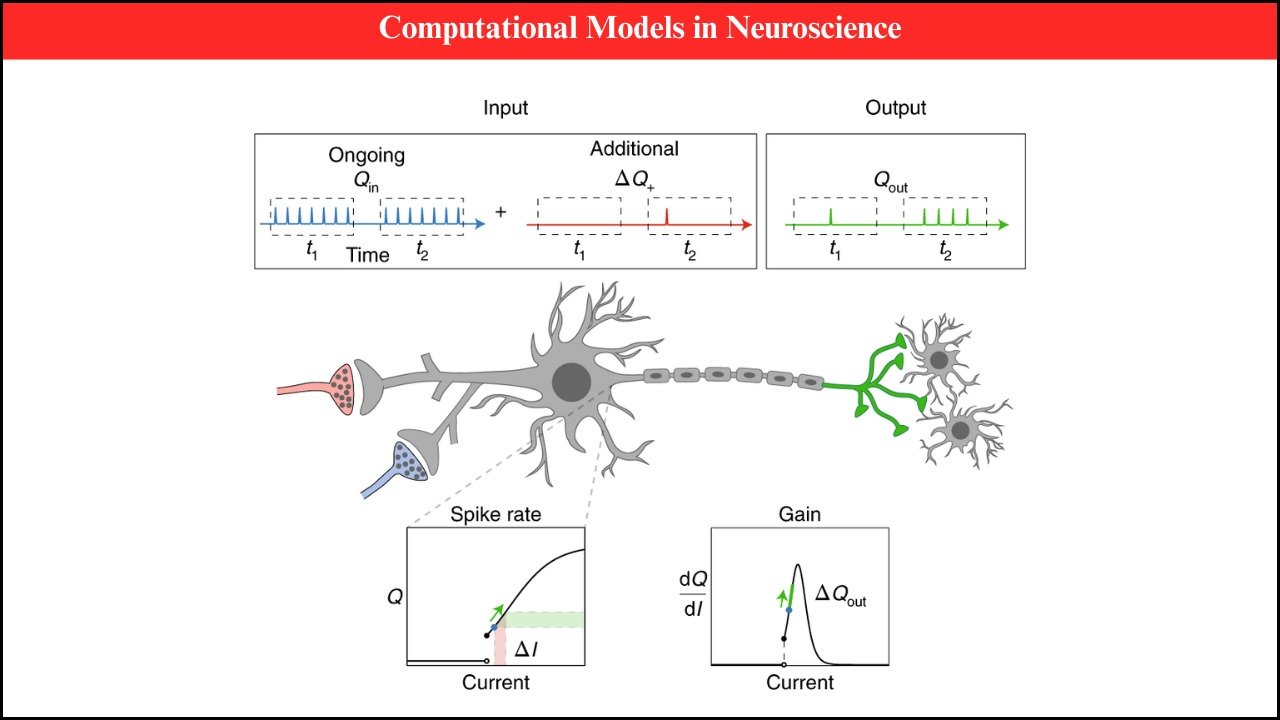
Urban areas face increasing energy demands due to population growth, industrial expansion, and the rise of digital infrastructure. Traditional energy distribution systems struggle to meet these demands efficiently, often resulting in energy wastage and higher operational costs. Smart grids, powered by advanced technology and real-time data, offer a transformative solution to improve energy efficiency and sustainability in cities.
Table of Contents
What is a Smart Grid?
A smart grid is an electricity network that uses digital technology to monitor, control, and optimize the production, distribution, and consumption of electricity. Unlike traditional grids, smart grids can respond dynamically to changes in energy demand, integrate renewable energy sources, and provide real-time feedback to both utilities and consumers. This technology ensures a more reliable, efficient, and sustainable energy system for urban areas.
Benefits of Smart Grids in Urban Areas
1. Enhanced Energy Efficiency
Smart grids monitor energy usage patterns in real-time, allowing utilities to reduce energy losses during transmission and distribution. Consumers also benefit by receiving detailed insights into their energy consumption, encouraging more efficient usage.
2. Integration of Renewable Energy
Smart grids facilitate the integration of solar, wind, and other renewable energy sources. By managing fluctuations in supply, they ensure a stable and balanced energy flow, reducing reliance on fossil fuels.
3. Reduced Operational Costs
Through predictive maintenance and real-time monitoring, smart grids help utilities identify potential issues before they escalate, minimizing downtime and reducing maintenance costs.
4. Improved Reliability and Resilience
Smart grids can detect and isolate faults quickly, preventing large-scale blackouts. This enhances the overall reliability of urban electricity systems and ensures continuous service during emergencies.
5. Consumer Empowerment
With smart meters and energy management apps, consumers can monitor their electricity usage, adjust consumption patterns, and even participate in demand response programs to save on energy bills.
Key Components of a Smart Grid
| Component | Function | Example Use |
|---|---|---|
| Smart Meters | Measure and report energy consumption | Real-time billing and usage insights |
| Advanced Sensors | Monitor grid conditions | Detect faults and voltage fluctuations |
| Communication Networks | Connect all grid components | Facilitate data transfer and remote control |
| Energy Management Systems | Analyze and optimize energy flow | Reduce peak demand and energy wastage |
| Renewable Integration Systems | Manage intermittent energy sources | Smooth integration of solar and wind power |
Technologies Driving Smart Grids
- IoT Devices: Enable real-time monitoring of energy consumption and grid conditions.
- Artificial Intelligence: Provides predictive analytics for energy demand and fault detection.
- Big Data Analytics: Processes massive datasets to optimize grid performance.
- Distributed Energy Resources (DERs): Integrates rooftop solar, battery storage, and microgrids for localized energy management.
Challenges and Considerations
While smart grids offer significant benefits, urban planners and utilities face several challenges:
- High Initial Investment: Deploying smart grid infrastructure requires substantial funding.
- Cybersecurity Risks: Connected systems are vulnerable to cyberattacks, requiring robust security measures.
- Regulatory Frameworks: Policies must support the integration of renewable energy and data-driven operations.
- Technical Expertise: Skilled professionals are needed to manage and maintain advanced smart grid systems.
Future Outlook
The adoption of smart grids is expected to grow rapidly as cities seek sustainable solutions to energy challenges. Future urban grids will likely feature enhanced AI-driven optimization, greater integration of renewable resources, and increased participation from consumers in energy management. By embracing smart grids, urban areas can reduce carbon footprints, enhance reliability, and create resilient energy ecosystems for the future.
FAQs
Q1: What is the primary purpose of smart grids in cities?
A1: To optimize energy distribution, improve efficiency, and integrate renewable energy sources.
Q2: How do smart grids help consumers save on energy bills?
A2: Through real-time monitoring, smart meters, and demand response programs.
Q3: What are the main challenges in implementing smart grids?
A3: High investment costs, cybersecurity risks, regulatory requirements, and technical expertise.





